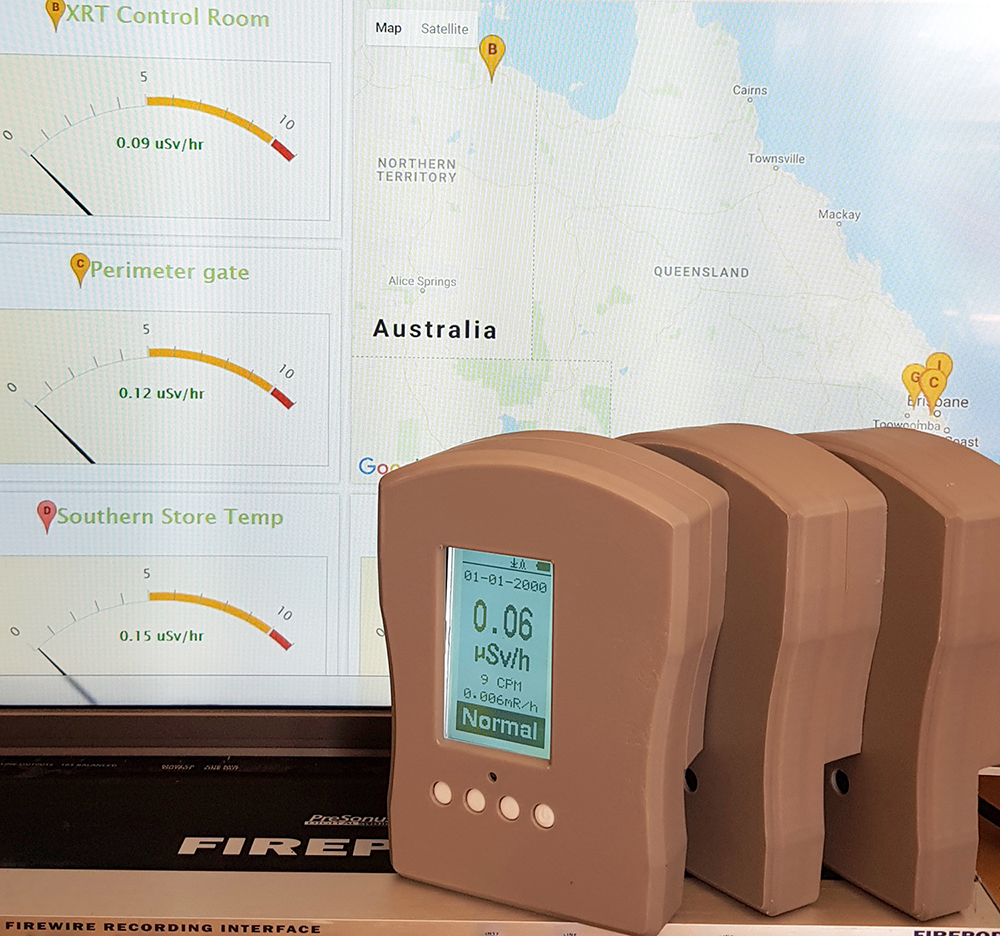In October 2021, Australia laid out plans of building nuclear-powered submarines with the help of the United States and Britain. These submarines will replace the current diesel-powered ones by the late 2030s.
This announcement sparked conversations again on nuclear energy: Australia holds 31% of the world’s uranium but why has it never adopted nuclear energy as its main source? Or at least included it in its energy mix?

Uranium is a heavy metal common in the Earth’s crust and can also be found in the oceans. Its major use is for fuel for electricity generation. But even with the abundant supply, Australia currently relies on coal, gas, and oil for power. In fact, Australia is the only G20 country whose Federal Law bans nuclear power. The three operating uranium mines in Australia export uranium to electricity utilities in countries such as the USA, Japan, and China.
Australia has only one nuclear reactor at Lucas Heights, south of Sydney. However, it’s for research purposes only and not for generating electricity. The Australian Workers Union (AWU) is calling for reconsideration as Australia should “follow suit” in creating zero-carbon economies.
How Does Nuclear Power Work?
In the heart of a nuclear power plant are the nuclear reactors. Basically, these are like huge kettles that heat water, produce steam that will drive turbines to generate electricity.
Uranium is formed into rods and arranged in bundles. Neutrons strike the uranium atoms and cause them to split in what we call nuclear fission. The chain reaction causes the heat and the steam that spins the turbine.

Which Countries Use Nuclear Power?
As of October 2021, there are over 400 nuclear reactors in operation. The top 5 nuclear-generating countries are the United States, China, France, Russia, and South Korea. In France, Slovakia, and Ukraine, more than half of its electricity source is nuclear power.
With the International Atomic Energy Agency, each country involved is responsible to ensure the safe and peaceful use of nuclear technologies. The IAEA developed Safety Standards which serve as a global reference for protecting the people and the environment.
Public Apprehension on Nuclear Power
The Chernobyl and Fukushima incidents are probably the top reasons why there is public fear of nuclear power.
In 1986, the Reactor 4 in the Chernobyl Nuclear Power Plant exploded, releasing large amounts of radioactive material in the atmosphere. The explosion was caused by a flawed design and inadequately trained personnel.

The Fukushima Daiichi incident, on the other hand, happened after a 9.0 magnitude earthquake triggered a tsunami. The tsunami flooded the reactors and knocked out emergency generators, causing an overheating or a nuclear meltdown after a few days.
Aside from these safety concerns, apprehensions include high costs of building power plants and disposal of nuclear waste.
Since nuclear power as a way to combat the climate crisis is a hot topic these days, it’s just normal for people to have doubts about it. That’s why it’s important to provide people with enough information and give them assurance of their safety.
Monitoring Radiation in Nuclear Power Plants
Nuclear power plants emit radioactive gases and liquids to the environment, and even in small amounts, these can have long-term effects. Because of this, there should be consistent monitoring in the area.

SensaWeb provides real-time radiation monitoring in real simple data visualisation. Our solution covers all aspects of the monitoring, management, reporting and notification process and covers multiple sensor types.
Connect with us here or through our email address: info@sensaweb.com.au. You can also call us at +61 415 409 467.